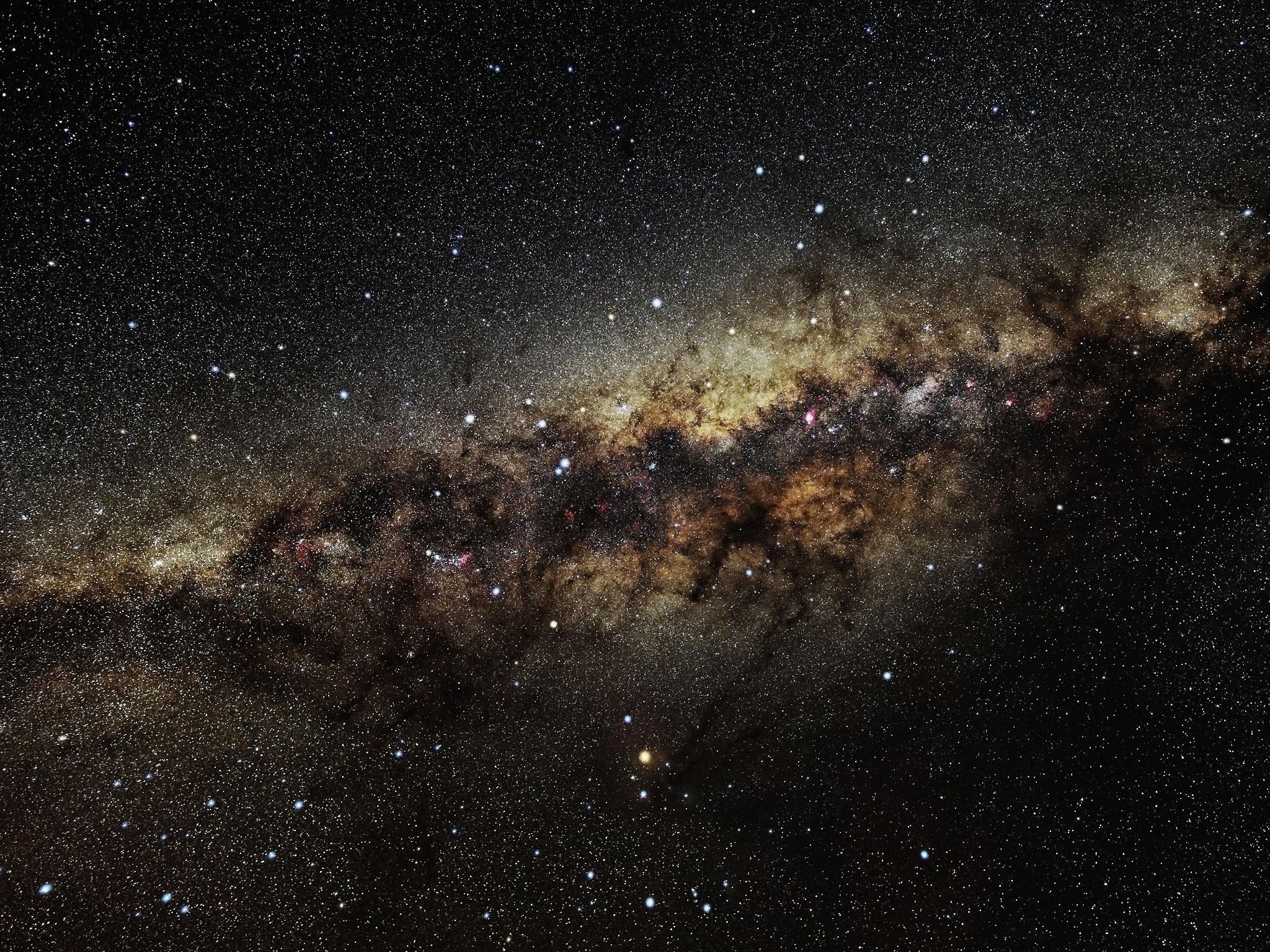Gravitational wave detection from collision of black holes shows shape of ripples for first time
Findings provide astronomers with extra detail on warping of spacetime when two giants collide

Your support helps us to tell the story
From reproductive rights to climate change to Big Tech, The Independent is on the ground when the story is developing. Whether it's investigating the financials of Elon Musk's pro-Trump PAC or producing our latest documentary, 'The A Word', which shines a light on the American women fighting for reproductive rights, we know how important it is to parse out the facts from the messaging.
At such a critical moment in US history, we need reporters on the ground. Your donation allows us to keep sending journalists to speak to both sides of the story.
The Independent is trusted by Americans across the entire political spectrum. And unlike many other quality news outlets, we choose not to lock Americans out of our reporting and analysis with paywalls. We believe quality journalism should be available to everyone, paid for by those who can afford it.
Your support makes all the difference.Scientists have detected a gravitational wave from two colliding black holes for the fourth time – and the shape of its ripples sent through spacetime for the first.
The announcement was made at a meeting of G7 science ministers in Italy after laboratories in Pisa and the US picked up on the tiny vibrations.
The findings provide astronomers with an extra dimension of detail on the warping that occurs when two giants of the universe collide.
The existence of gravitational waves was first put forward by Albert Einstein’s theory of relativity a century ago.
The theory predicts that mass causes a curvature in spacetime, the single continuum that binds the three dimensions of space to time. When two huge objects collide, this curvature can be changed, sparking ripples out across galaxies.
These gravitational waves are miniscule by the time they reach Earth, but can for the first time be recorded by detectors sensitive enough to pick them up.
The latest ripple - picked up by Laser Interferometer Gravitational-Wave Observatories (Ligo) in Washington and Louisiana and the Virgo detector in Pisa on 14 August - was triggered 1.8bn years ago by two black holes colliding to produce one 53 times the mass of the sun.
Due to Virgo being angled differently to the two Ligo detectors, scientists were for the first time able to see a 3D model of the ripple’s path.
Jo van den Brand, Virgo spokesperson and professor at Vrije Amsterdam University, said: "It is wonderful to see a first gravitational-wave signal in our brand new Advanced Virgo detector only two weeks after it officially started taking data."
Gravitational waves, and the further evidence of Einstein’s theory, were first observed in September 2015 and the second detection occurred three months later. The third detection, which the astronomers labelled GW170104, was made on 4 January 2017.
The discovery is widely expected to win the Physics Nobel Prize, which is announced next week.
Scientists hope gravitational waves will offer a completely different view of the universe, allowing them to study events hidden from traditional optical and radio telescopes.
"We have further confirmation of the existence of stellar-mass black holes that are larger than 20 solar masses, these are objects we didn't know existed before Ligo detected them," David Shoemaker, an MIT researcher, said.
"It is remarkable that humans can put together a story, and test it, for such strange and extreme events that took place billions of years ago and billions of light-years distant from us.
"The entire Ligo and Virgo scientific collaborations worked to put all these pieces together."
Join our commenting forum
Join thought-provoking conversations, follow other Independent readers and see their replies
Comments